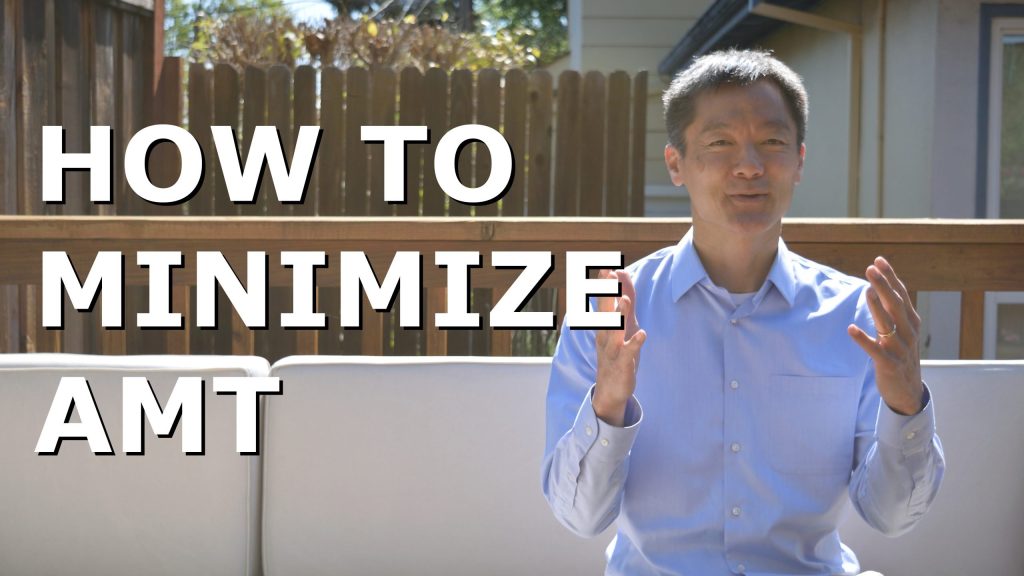The Alternative Minimum Tax (AMT) is a parallel tax system in the United States designed to ensure that high-income individuals and certain corporations pay a minimum amount of taxes. However, the AMT can be complex and result in additional tax liabilities for taxpayers. In this comprehensive guide for 2023, we will explore effective strategies and techniques on how to minimize amt. We will discuss key considerations, deductions, and planning opportunities to help taxpayers navigate the AMT and reduce their tax burden.
I. Understanding the Alternative Minimum Tax:
- AMT Basics:
The AMT operates alongside the regular income tax system, and taxpayers are required to calculate their tax liability under both systems. The higher of the two tax liabilities must be paid. The AMT is triggered when certain tax preference items and adjustments, such as large deductions, are added back to the taxpayer’s taxable income.
- AMT Exemption and Phase-out:
The AMT exemption is a predetermined amount that taxpayers can deduct from their alternative minimum taxable income, reducing their AMT liability. However, the exemption is subject to a phase-out based on income levels. For 2023, the AMT exemption is $76,800 for individuals and $118,500 for married couples filing jointly, with a phase-out threshold of $523,800 for individuals and $825,000 for married couples.
II. Strategies to Minimize AMT:
- Manage Itemized Deductions:
One key factor in minimizing AMT is managing itemized deductions. Certain deductions, such as state and local taxes (SALT), can be a significant trigger for the AMT. Consider these strategies:
- Bunching Deductions: Instead of making annual payments for expenses such as property taxes, consider paying them in alternating years to maximize deductions in one year while minimizing AMT exposure in another.
- Charitable Contributions: Instead of making large charitable donations in a single year, consider spreading them over multiple years to reduce the impact on AMT liability.
- Optimize Tax Planning:
Effective tax planning can help minimize AMT liabilities. Consider the following strategies:
- Capital Gains and Losses: Carefully manage capital gains and losses to offset any potential AMT liability. Timing the realization of capital gains or losses can help reduce the overall tax burden.
- AMT Credit Carryforward: If you paid AMT in previous years, you may be eligible to carry forward the unused AMT credit to offset future regular tax liabilities.
- Maximize Retirement Contributions:
Contributions to retirement accounts can help reduce AMT liabilities. Consider these options:
- 401(k) and IRA Contributions: Maximize contributions to employer-sponsored retirement plans like 401(k)s and individual retirement accounts (IRAs). These contributions lower your taxable income, potentially reducing your AMT liability.
- Health Savings Accounts (HSAs): Contributions to HSAs are tax-deductible and can lower your overall taxable income, thereby minimizing the impact of the AMT.
III. Seek Professional Guidance:
Navigating the AMT can be complex, and seeking professional guidance is highly recommended. Here are some key considerations:
- Work with a Tax Advisor:
A knowledgeable tax advisor or CPA can provide valuable insights into your specific tax situation and help you develop an effective AMT mitigation strategy. They can analyze your financial information, identify potential triggers, and offer personalized recommendations to minimize your AMT liability.
- Stay Updated on Tax Law Changes:
Tax laws are subject to change, and it is essential to stay informed about any updates or revisions that may affect the AMT Regularly consult reputable tax resources and publications or consult with your tax advisor to stay abreast of any relevant changes.
- Utilize Tax Planning Software:
Tax planning software can provide assistance in calculating and projecting your tax liability under both the regular tax system and the AMT. These tools can help you analyze different scenarios, model the impact of various deductions, and optimize your tax planning strategies to minimize AMT liabilities effectively.
Conclusion:
Minimizing the Alternative Minimum Tax (AMT) requires careful planning, consideration of deductions, and strategic tax management. By understanding the basics of the AMT system, leveraging deductions effectively, optimizing tax planning, maximizing retirement contributions, and seeking professional guidance, taxpayers can navigate the complexities of the AMT and minimize their tax burden. It is essential to stay updated on relevant tax laws and consult with tax advisors or CPAs to develop personalized strategies that align with your financial goals and objectives. By proactively managing your tax liabilities, you can ensure that you optimize your tax position and reduce the impact of the AMT in 2023 and beyond.






